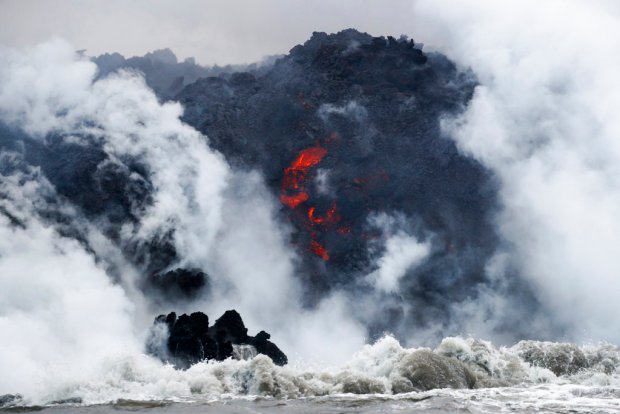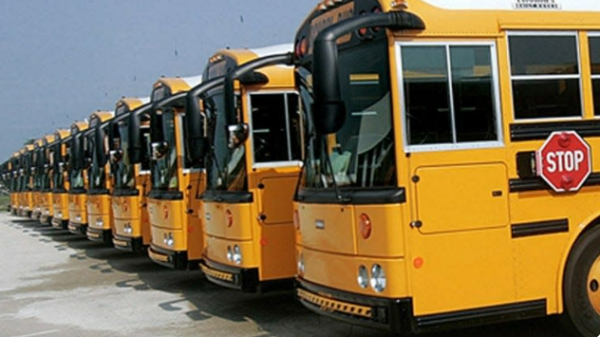Hawaii’s Volcano Eruption Remains a Threat
Lava from the Mount Kilauea volcano flows into the ocean near Pahoa, Hawaii.
This weekend the volcano Mount Kilauea erupted again, spewing more copious amounts of lava onto the island. Since the first eruption on May 3, a series of eruptions have affected different parts of the island and have destroyed multiple homes.
Geologists have recognized a pattern preceding the eruption and have since studied more than 150 earthquakes that have occurred in the initial area of eruption over 24 hours. These studies have proven to be very helpful as it allows for the geologists to make a prediction where they can alert officials and give them enough time to notify and evacuate residents of Hawaii.
As of now, evacuations may be hampered due to a large wall of lava that is currently blocking part of a coastal road. This blockage has cut off a key escape route for most residents and has brought the dangers of the ocean plume, where the toxic gasses from the eruption can be swept into any direction.
Last Sunday, the first injury was reported, and it truly describes the danger of this situation. A man was sitting on his balcony when projectile molten rock had spattered across his leg. As explained by a spokeswoman for the county mayor, “It hit him on the shin and shattered everything there down on his leg.” It has been stated that spatters of lava can weigh just as much as a refrigerator.
As if the lava flowing (and flying) into various neighborhoods wasn’t enough, residents of Hawaii have yet another danger to watch out for. “Laze”, which is a mash up of lava and haze, is formed when hot lava makes contact with the ocean, and sends hydrochloric acid and volcanic glass into the air. This became a serious threat after lava crossed Highway 137 late on Saturday night and entered the Pacific Ocean. The Hawaiian Volcano Observatory (HVO) has made several warnings as to how dangerous the laze truly is. It has been proven deadly in the past, causing eye, lung, and skin irritation. “This hot, corrosive gas mixture caused two deaths immediately adjacent to the coastal entry point in 2000, when seawater washed across recent flows,” the HVO said.
As for inland residents, there are plenty more issues involving the constant earthquakes with magnitudes of around 5.0. As well, lava from fissures has destroyed at least 40 structures. Resident Ikaika Marzo elaborated on just how treacherous the lava flows have been. “It sounds like 10 or 20 jets taking off from your backyard at the same time,” Marzo told Hawaii News Now.
Although there are many environmental threats caused by Kilauea’s laze, the tourism industry has continued to flourish and the airport remains open.









